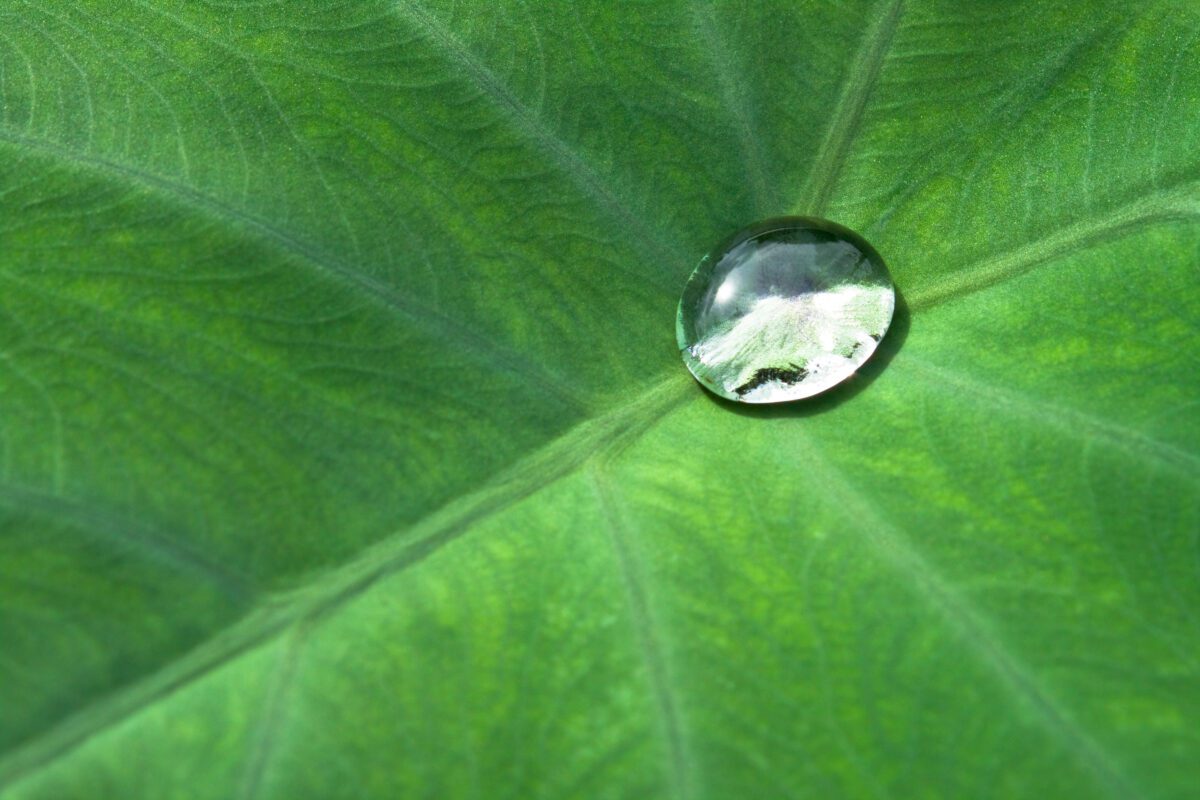Exposure to ultraviolet (UV) and infrared (IR) radiation accelerates skin aging, particularly in the most exposed areas. This process, known as photoaging, results from prolonged exposure to natural and artificial sources.
UVA, UVB, and UVC rays contribute to photoaging by triggering hyperpigmentation, uneven texture, loss of elasticity, and wrinkles often due to melanin production triggered by melanogenesis and tyrosinase activation (Lipeng Wu et al., 2022). Simultaneously, infrared radiation (IR) generates heat stress (burns and urticaria), intensifying collagen degradation, and inflammation, leading to deeper tissue damage (Horton L. et al., 2023).
Conventional treatments, such as laser therapy, chemical peels, and topical medications, can manage photodamage but not fully reverse it.
What if photoaging could be prevented?
Plants have evolved sophisticated defenses against radiation, producing flavonoids and polyphenols as natural sunscreens and antioxidants.
Pears naturally accumulate flavonoids in the skin to block UV rays while their waxy cuticle reflects sunlight. Inside, they generate antioxidants that combat oxidative stress. By neutralizing free radicals, they help modulate Heat Shock Proteins (HSPs), reducing thermal stress, maintaining hydration, and preventing premature aging thus ensuring comprehensive protection across the light spectrum.
This synergy of biochemical, structural, and molecular strategies effectively mitigates the impact of radiation.
Inspired by this biomimetic approach, we developed PEARfect Tone®, an advanced ingredient for broad-spectrum protection against UV and IR radiation.













